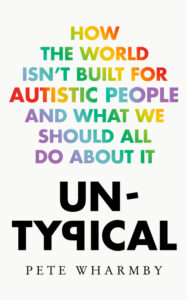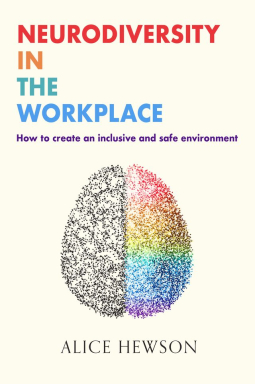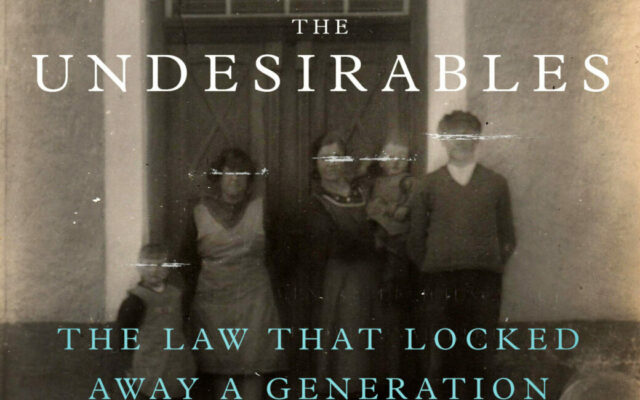 This is an eye-catching book, not least because of its bold cover.
This is an eye-catching book, not least because of its bold cover.
Wharmby, a writer, speaker and advocate, did not realise he was autistic until his diagnosis in 2017 aged 34.
A former English teacher, he now devotes himself to raising awareness of autism and neurodivergence.
This is his second book, in which he takes us through his childhood and adult life, offering graphic examples of how the world is not built with the neurodivergent population in mind.
He extends his personal account to an exposure of the tropes and misunderstandings about autism and autistic people that prevail in much of mainstream society.
The chapters are interspersed with bullet points offering practical suggestions about adjustments that can make life easier for autistic pupils, students, workers and others. His concluding call for justice extends these recommendations into morality and social change.
Wharmby’s accounts of his own struggles are delivered in a highly readable and sometimes humorous way. Having been both a pupil and a teacher, he is particularly graphic about how overwhelming school environments can be.
Irrational interactions
He also writes powerfully about the anxiety and exhaustion that comes from trying to navigate the opaque rules and seemingly irrational interactions around general social exchanges.
He brings to life some of the worst aspects of feeling out of kilter with the wider sensory and social environment, while pointing out several strengths he considers to be typical of autistics – a capacity for passionate interest, tenacious pursuit of justice and single-minded focus.
Yet he also repeatedly refers to autism as a disability (however intellectually gifted a person may be), and hints that not all the difficulties are socially or environmentally generated – a point that causes disagreement within the autism community.
Wharmby stresses that no one can speak for everyone on the spectrum, highlighting the issues affecting those with intersecting differences, such as race or learning disability.
Wharmby does us a great service by describing his sensory distress and meltdown so well. His emphasis on the damage done by having to mask behaviours such as stimming (self-stimulatory behaviour – repetitive or unusual movements or noises) may resonate chiefly among those who are intellectually able enough to pass as someone who is not autistic. (Masking would be a non-starter for my learning-disabled autistic son.)
If there is one book to give to people who are new to autism, this is the one. While not always a comfortable read, it is a page-turner – interesting, informative and compelling. In pointing to ways in which society could and should adjust better to autistic people, he is also offering a vision of more interesting and kinder world for us all.




